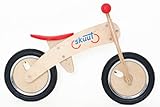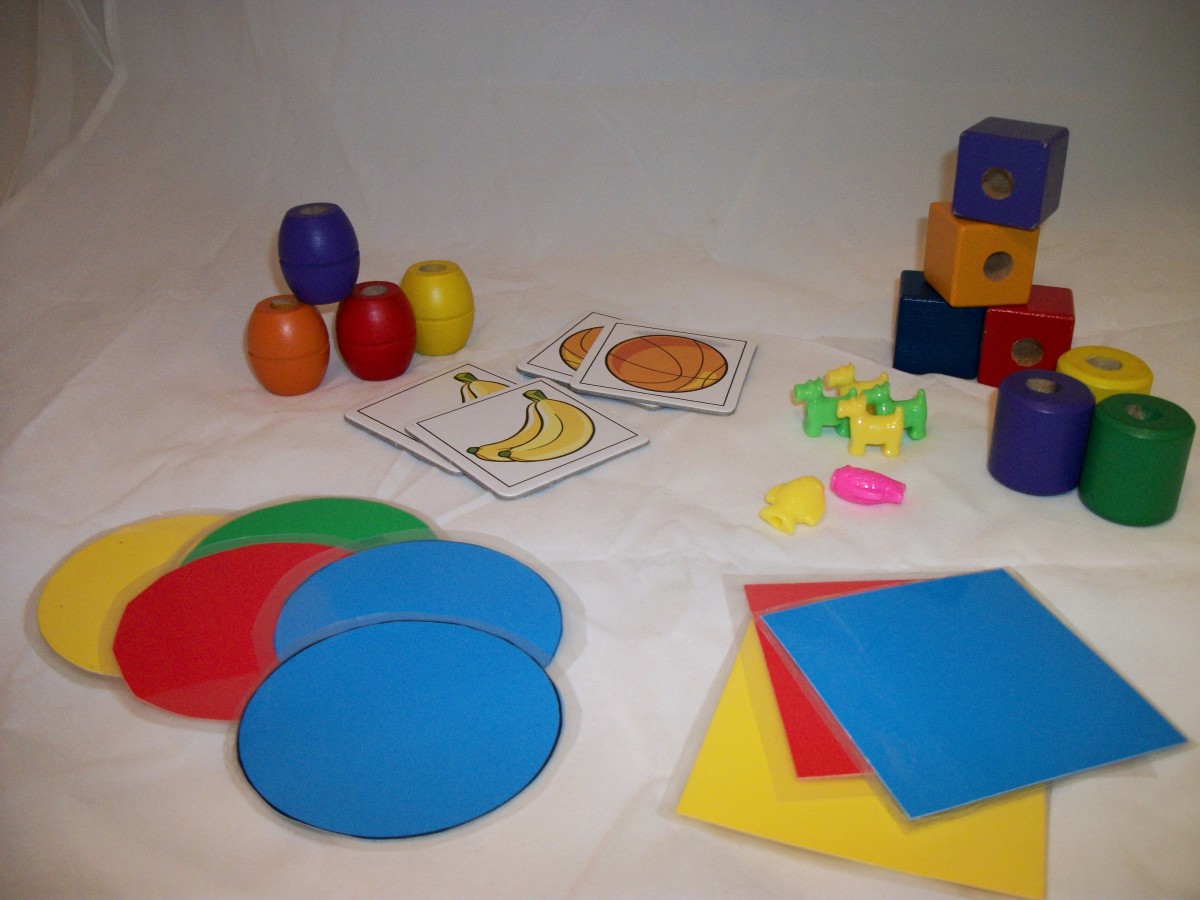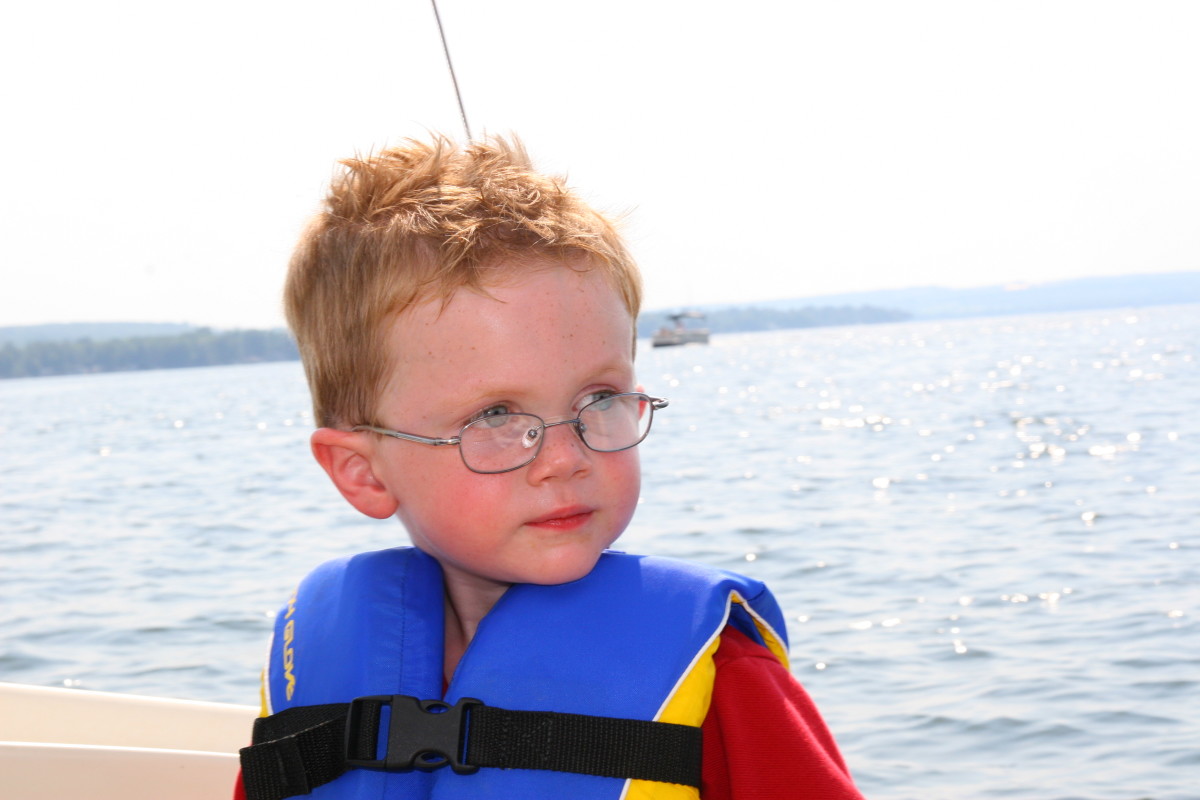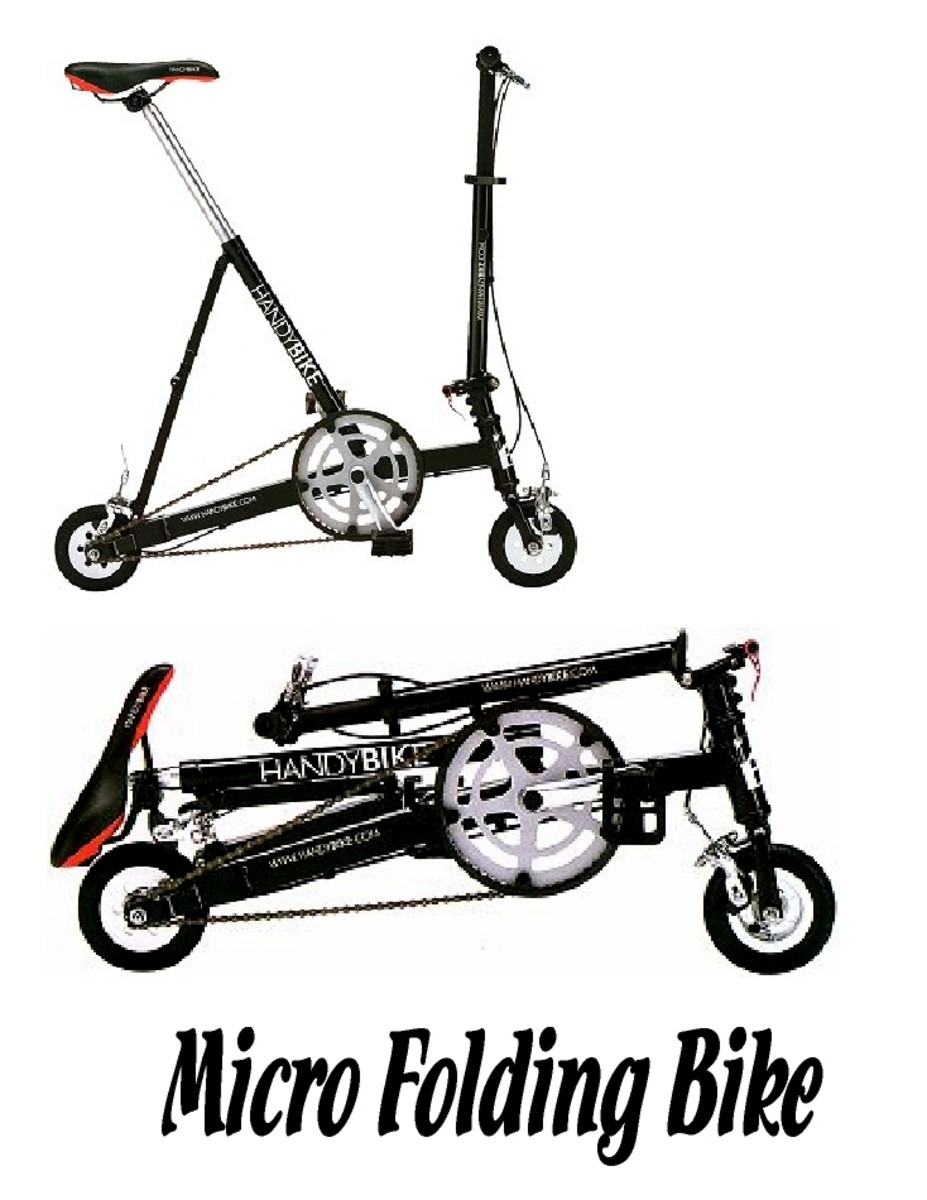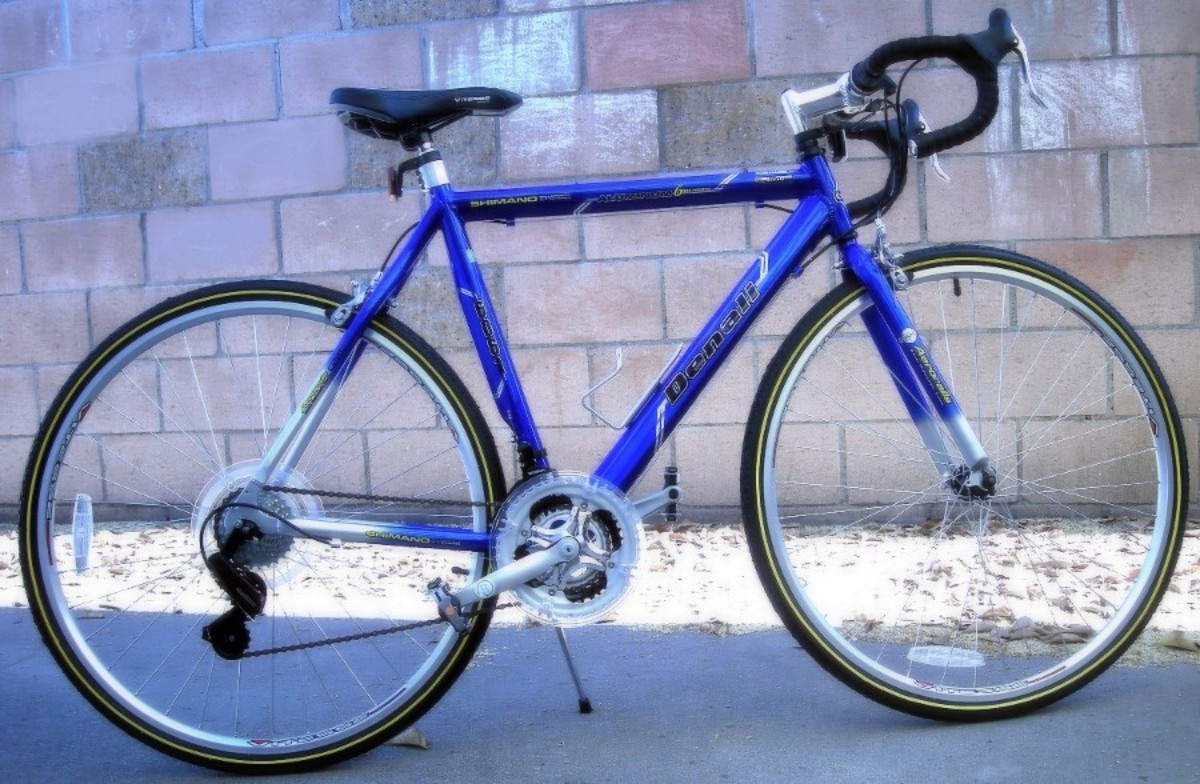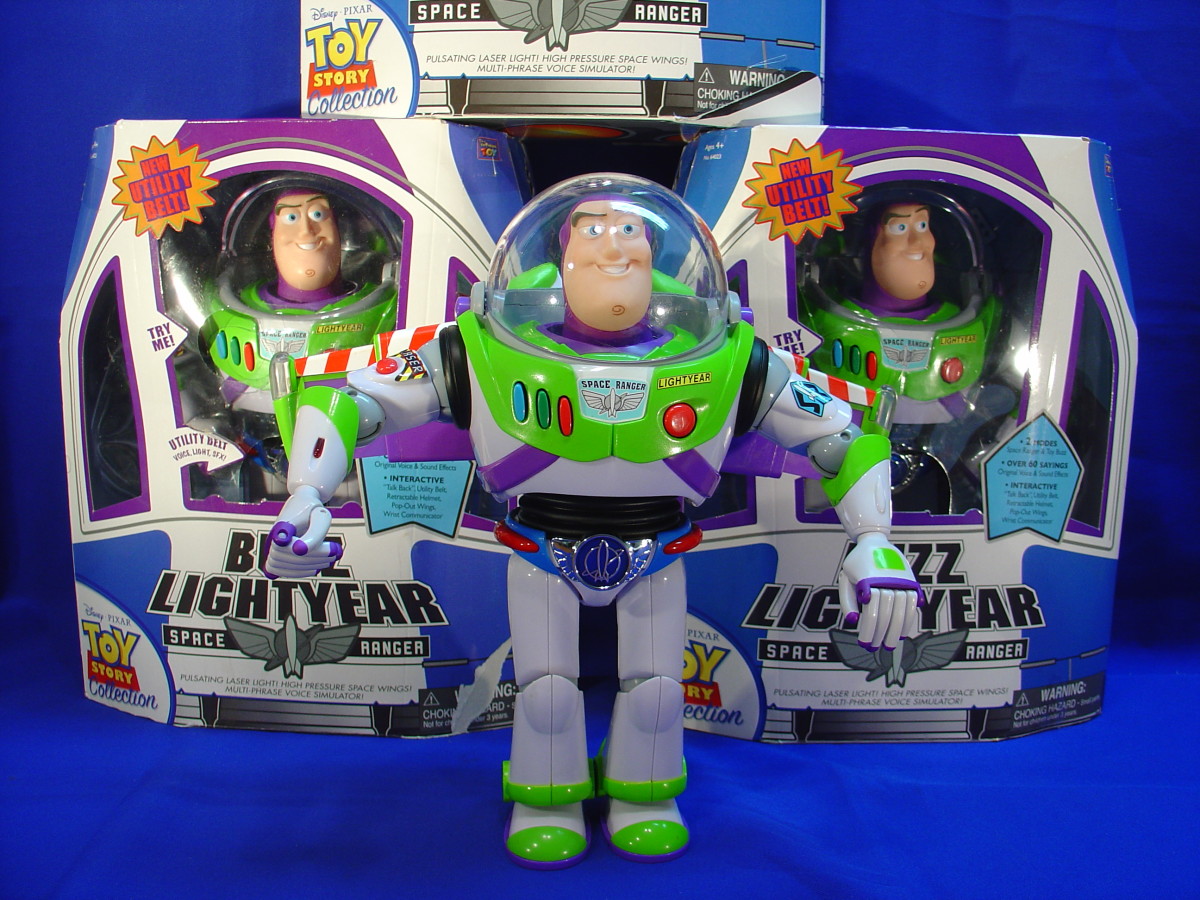First Bikes For Young Children - Balance Bike Or Traditional Pedal Bike
At some point in the life of your young child (typically sometime around the age of three or slightly before), you will probably begin to consider purchasing his or her first bike. A first bike is an exciting time; a milestone to be crossed. It's a sign or your child growing up - coordination is better, your child has more strength and there is a whole world out there ready and waiting to be explored. Many of us can remember our very first bike - I know I had an orange one with black wheels (it seemed big but was probably very small). On a bike, a child can feel free and use up some of that boundless energy. No matter how many new and technical toys end up on wish-lists every year, there are not many kids around who don't end up wishing they had a bike.
But you, the parent, have to choose the bike and of course you want to make the best decision possible. You want to choose a bike your child will like the look of, and probably good quality is a must. Aside from these important points, you can also decide whether to go for a balance (starter) bike, or the more traditional bike with pedals.
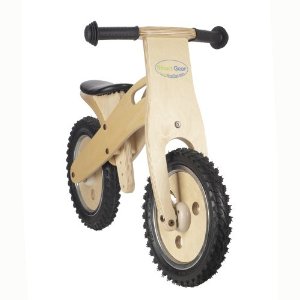
Smart Gear Balance Bikes
Smart Gear Balance Bikes are produced using eco-friendly wood, non toxic paints and lacquers, and formaldehyde-free glue. The bikes have pneumatic rubber tires, 5 different height positions and are suitable for children from age 2 plus.
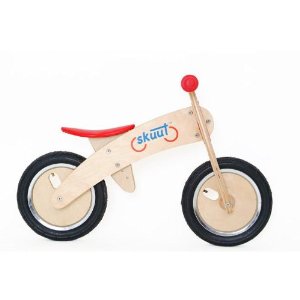
Skuut Wooden Balance Bike
The Skuut Balance Bike is made from birchwood and only non-toxic lacquer is used. It has 12" pneumatic tires and is suitable for children from 2 - 5 years.
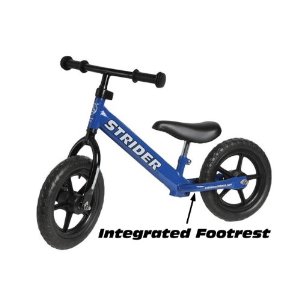
Strider PREbike Balance Running Bike - Suitable for children as young as 1 year +
The Strider Balance Bike is an excellent bike designed for children from age 1 - 5 years. Even very small children who have not long begun to walk can stride the bike and walk without sitting down, gearing them up for future riding. This bike has a very low center of gravity and the lowest seat postion is just 11 inches from the ground, making it ideal for very young children and those who struggle to reach the ground on other bikes. It also has integrated footrests for when your child has accomplished speedy gliding.
Available in 6 different colors, this is a lightweight bike with top reviews from previous purchasers.
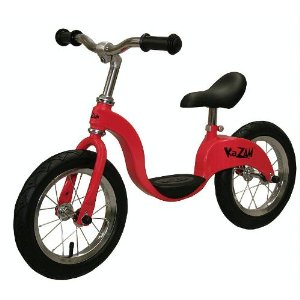
Kazam Balance Bike
The Kazam Balance Bikes is suitable for children between the ages of three and six. It has pneumatic tires and a footrest for children to use when they have built up confidence and speed whilst gliding. This bike has five-star rated consumer reviews.
When purchasing this bike, please note that the lowest seat position is 18 inches from the ground, which is higher than many other models. The bike is advertised as a bike for 3+ and may be too big for younger children.
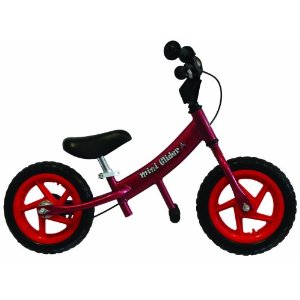
Mini-Glider from Glider from 2+
The Mini-Glider has a footrest for confident gliders, and a low center of gravity. Children from age 2+ can use the bike, which even has a handbrake (not often found on balance bikes). The handbrake can be used by children who have mastered the art of gliding and can ride with speed. This is a very lightweight bike.
Balance Bikes
If you don't know what a balance bike is, you might well have seen them around. Lots of young kids have balance bikes right now - basically they resemble the appearance of an ordinary bike except that they do not have pedals and do not require training wheels. Most do not have brakes, but some do. Instead of having to contend with pedalling the bike whilst at the same time maintaining balance so that the bike doesn't tip over (they very often do, even with stabilisers/training wheels) the child only has the balance to worry about. The bike is manoeuvered by the child's own feet on the ground, so that the child is very much in control. A child will easily and instinctively put his or her feet down when the bike beings to tip. At first a child might 'walk' while on the bike, building up later to a 'run'. And as they begin to acquire better balance the child can build up speed and lift their feet off the ground so that they are 'gliding', always with the option of putting them down again if they start to lose control.
Balance Bikes Eliminate The Need For Training Wheels, Teaching the Balance Required For Riding a 'Big' Bike and Building Confidence
During a conversation over balance bikes versus pedal bikes with a knowledgable staff member in a local store recently, I was advised that balance bikes do have a definite advantage in that children can acquire great balance and coordination skills, so that when they eventually progress onto an ordinary pedal bike they are much less likely to require training wheels at all. In fact, one of the points of a balance bike is to cut out the need for training wheels at any stage in learning to cycle. Balance bikes actually help a child learn to ride a 'big' bike, because good balance is the most important skill required. This seems an excellent advantage - as a parent of two boys (only one of which can ride a bike unaided), I have witnessed how demoralized a child can feel when the stabilisers/training wheels are removed from their bike. There they are, thinking they have mastered the art of cycling and then someone comes along and takes off the training wheels and they are back to square one. They can't do it. They fall off. It puts them off wanting to go on their bikes.
Traditional pedal bikes can tip easily. The high position of the child leads to loss of control. Balance bikes have a low center of gravity and often have steering control which prevents them from turning too far.
That's sort of how it was for my oldest son, anyhow. Of course, not all children are the same, and some children are more perservering than others. Some don't mind taking a few knock backs on their journey to victory; some are less motivated. My youngest son is coming up to the age of three and recently had a go at his brother's first pedal bike from the garage. Whilst he does know how to pedal the bike (which still has training wheels attached), he is not at all great at staying on it. Because a bike is quite high compared to a trike, leaning or steering incorrectly means that it topples to the side, taking him with it. He is quite a trier, so it hasn't put him off. Scenarios like this, however, is where the balance bike shines - no pedalling means no tipping, so all in all a more confident and successful (and enjoyable) ride. And don't think that these balance bikes don't really ride - they do, and often go quite fast.
Balance bikes can be metal or wood, have a wide range of seat positions and will grow with the child.
A balance bike is typically useful for children from around the age of two or three, depending on the bike (make sure your child is tall enough to reach the ground) upwards to around the age of five. Occasionally bikes can be used from the age of one - see the hugely popular Strider, pictured right. You can get balance bikes made from metal, which perhaps most closely resemble the traditional child's cycle. Some balance bikes are made from wood, like the bikes from Smart Gear. A good balance bike will have a variety of seat positions so that the bike will grow with the child.
Pedal Bikes
Of course, many children start a lifetime of cycling on a traditional pedal bike with training wheels. Probably they don't need much explaining here, as most parents will already be familiar with them. Training wheels are attached to the back to aid with balance and the child will learn to pedal (a child might very well already be able to pedal by this time, having mastered the art on other ride-ons like trikes). That does not, however, mean that your child will shoot off down the road the minute he sits on his new bike, as a 'proper' bike will feel very different to a trike or pedal car. He will be more highly postioned and may be much more nervous (I know that my own children were). Also, the pedalling often requires more strength and effort than a typical toddler trike. If you want to start off with a pedal bike, your child will probably not be ready for a bike until at least their third birthday, whereas they can start off sooner with a balance bike, as long as you purchase a model suitable for younger children.
My older son did not really get used to his first pedal bike until some considerable time after it was given to him. He learned a half-hearted pedalling motion, but he never went very fast or became really enthusiastic until several months (maybe even a year) had passed.
My Conclusion
My conclusion is based on my thoughts and observations as a parent of two children. When my oldest son was small I did not even consider a balance bike (he was born in year 2000, and I don't even recall seeing balance bikes around my neighborhood during his early years). However, now that my second son (coming up to three) is interested in bikes and all things that go, I must say that even though we have the old pedal bike still in the garage, I am becoming more and more swayed by the balance bike. A child he knows has one, and he is very interested in it. I know that if he was given a balance bike, he would be off across the park in no time at all, with far fewer accidents than on the pedal bike. I'm pretty sure that he would really love it, and in the end that accounts for the most - we all want to see our children acquiring new life skills whilst having fun.

